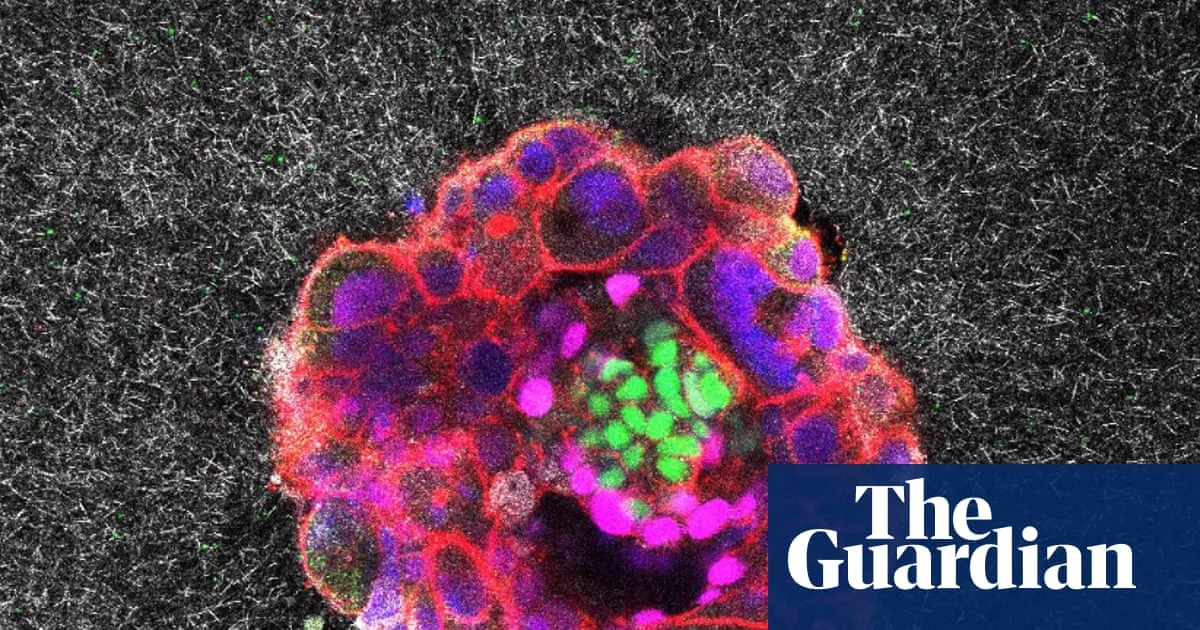
A remarkable advancement in reproductive health has been achieved by a team of scientists who have successfully captured 3D footage of a human embryo implanting into a uterus in real-time. This significant breakthrough showcases the intricate process of embryo implantation, which occurs naturally, and was made possible by researchers at the Institute for Bioengineering of Catalonia (IBEC) in collaboration with Dexeus University Hospital in Barcelona, which provided the embryos for the study.
Samuel Ojosnegros, the principal investigator of IBEC’s bioengineering for reproductive health group and the lead author of the study, emphasized the importance of this research in understanding the detailed mechanics of the implantation process. “We have observed that human embryos burrow into the uterus, exerting considerable force during the process,” Ojosnegros explained. “These forces are necessary because the embryos must be able to invade the uterine tissue, becoming completely integrated with it. It is a surprisingly invasive process.”
Embryo implantation is a crucial step in human reproduction, occurring when a fertilized egg attaches to the lining of the uterus approximately six to twelve days after ovulation. The team developed a specialized platform that allows embryos to implant outside the uterus under controlled conditions. This platform is composed of a gel that incorporates elements of collagen and uterine tissue, facilitating real-time fluorescence imaging and analysis of the embryo’s interactions with its environment.
Through this innovative approach, researchers conducted experiments with both human and mouse embryos to compare their implantation processes. Their findings revealed that while a mouse embryo adheres to the surface, a human embryo penetrates the uterine tissue completely before it begins to grow from the inside out. This distinction is pivotal in understanding the unique characteristics of human embryo implantation.
The study also highlighted that during the implantation process, the human embryo releases enzymes that break down the surrounding tissue, allowing for successful integration into the uterine environment. Additionally, the embryo exerts traction forces on its surroundings. This is particularly significant as the failure of the implantation process is one of the leading causes of infertility, accounting for about 60% of miscarriages.
According to the researchers, this pioneering study enhances the understanding of the implantation process and could potentially have a profound impact on fertility rates. Amélie Godeau, a researcher and co-first author of the study, stated, “We observe that the embryo pulls on the uterine matrix, moving and reorganizing it. It also reacts to external force cues. We hypothesize that contractions occurring in vivo may influence embryo implantation.”
This groundbreaking research opens new avenues for improving fertility treatments and understanding the complexities of human reproduction, marking a significant milestone in the field of reproductive health.